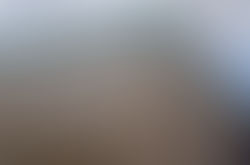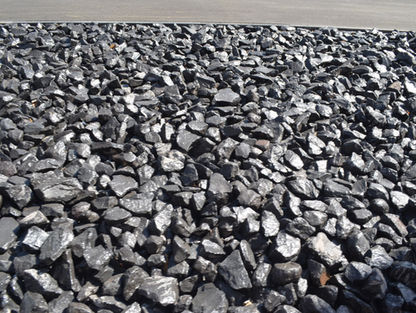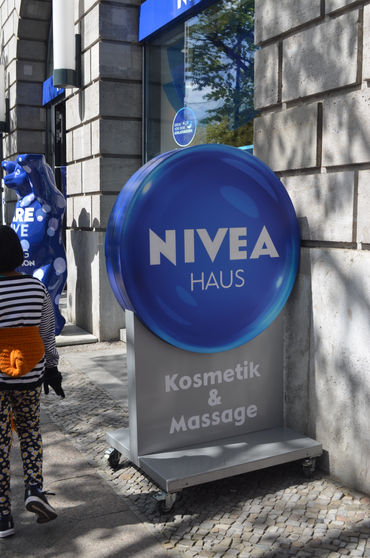
Berlin

HIGHLIGHTS OF EUROPE diary : Day 8 - 21st April 2016
Berlin, the cool Capital of Germany, lies in the North-Eastern part. It boasts of having the largest Train station in the whole of Europe. The city's underground tunnels, railway networks, secret cellars, sewers, bunkers & many more structures are of more importance than the ones lying on the surface. The city is nine times the size of Paris. It also has the world's largest open air gallery and is considered the greenest in all of Germany. We were more attracted by its rich, vast History & Architecture and therefore included it in our Itinerary as a day tour from Dresden.
The day began early. We left to board a direct train from the Dresden Hauptbahnof, after a good breakfast in the in-house restaurant of the IBIS hotel, where we stayed. The comfortable Train journey lasted 2 hours. We got off at the "biggest station in Europe" and were spell bound by the sheer size of it. Structured more like an airport & infested with modern technology, it was the busiest place we had ever come across in the tour. The roof of the station stretched to great heights, accommodating many floors, while a handful of escalators criss-crossed the central hall. Shops, restaurants, ticket vending machines, office cabins, lifts, gateways were all spick-and-span. We approached a smartly dressed officer, who helped us to get to the "S-bahn" line platforms. A subway train reached us to the 'Brandenburg Tor' station in less than 10 minutes. We had booked ourselves for the SANDEMAN's FREE, 2 hour walking tour of BERLIN CITY. It was a simple online booking, that just needed us to choose a time slot of our choice. We got off at the station and walked up a few stairs to find ourselves on the Pariser Platz. The tour was to begin from STARBUCKS, situated in the square, at 9:30 am. There were other participants of the tour already waiting outside the Starbucks. Our first look at the BRANDENBURG GATE was from here. Soon, the staff of SANDEMAN's arrived , greeting us heartily and providing an introduction. Rob was our guide for the day who seemed very knowledgeable and friendly. The tour began with a little history about the ICONIC gate.
This 26 metre tall, 18th century sandstone monument, opens up to the UNTER DEN LINDEN - an avenue with filled with rows of Linden trees on its western side, that leads to the Royal palace (of the Prussian Monarchs). Built to represent peace, the Gate was initially called the PEACE GATE. The gate consists of 5 passages formed by 12 pillars, 6 each on either side, supporting a massive 11 feet deep beam at the top. Atop the beam is a beautifully sculpted QUADRIGA (chariot drawn by 4 horses), driven by Victoria, the goddess of Victory. The architecture of the pillars were similar to those found at the entrance to the Acropolis (read ATHENS). Out of the 5 passages, only the two on the extreme ends were used during ancient times.

We ogled at the structure while listening to Rob. Beautifully sculpted pieces adorned the walls of each of the passages. On the other side of the gate was the HOTEL ALDON that grew to fame due to the strange incident of the famous MICHAEL JACKSON having dangled his 9 month old son, from a balcony window of his suite, on the top floor.
Rob walked us around the streets, narrating interesting stories. There was an underground library, which can today be viewed from the glass floor on the surface. The next interesting stop was at the HOLOCAUST MEMORIAL built under the supervision of Peter Eisenman. We gathered around, sitting on the blocks, to hear the story.
The memorial was built 60 years after World War II, to commemorate the death of nearly six million Jews in the Holocaust (Genocide of the Jews in Europe). It consists of a huge plot of gently sloping land. Interestingly filled with 2000 odd gigantic grey concrete blocks, placed in rows, the land most certainly looks like a unique graveyard. The smooth surfaced concrete blocks are of equal length and breadth, but differ in heights, designed to create a wave, when viewed from the top. We saw adults & children happily climbing the blocks. Seemed like a favourite pastime amongst locals. We were given time to walk around. There was enough space between each block, creating narrow alleys.
While walking around, a sudden dip in land caught me unawares. The land here is wavy too, for sure. We continued on our tour. The partly salvaged Historic Berlin Wall on Wilhemstrasse was one of the stops. A piece of the demolished wall lies in between the building of the Federal ministry of Finance and the Martin Gopius Bau (Orangish building with Golden Decorations , erstwhile Museum that today serves as a exhibition hall).
The wall was built to be a guarded, concrete barrier that aimed to divide the region into East & West Germany, strictly prohibiting entry to either side. The History behind this is lengthy. We listened keenly to the guide's narrations. The wall was brought down in 1989 after a severe protest by the masses on the Eastern side. Today, the part of the demolished wall on Wilhemstrasse serves as a memorial, wearing a ruined look. Opposite to the wall, a huge DIE WELT (meaning THE WORLD) globe soared high in the air on a relatively empty ground. After a few creative pictures here, we moved on in the tour.
We reached a huge, spectacular square , home to three marvelous buildings, the NEUE KIRCHE ( New church or the German Cathedral). the Französischer Dom (French Cathedral) and the Konzerthaus (Concert house). The New Church was erected in early 18th century, by Friedrich III, who had crowned himself King with an intent of out beating the Versailles in France, by turning Berlin into a Royal Residence. It is considered remarkable because of its five-sided floor plan. The dome of the structure is inspired by the one on St. Paul's Cathedral in London ( read LONDON) . No religious services are held here. It houses the Berlin Historical Association. The French dome houses the Huguenot Museum.




The tour ended near the ' NEUE WACHE' Memorial . We bid farewell to Rob. The Sandeman's free tours accepted 'tips' for their services. We then visited the memorial on our own. A building with a structure similar to that of the Roman Pantheon, the memorial had a large hall with an oculus on its rear wall. Placed directly under the oculus was a single sculpture of a Mother with her Dead Son. The rest of the hall was empty. The sculpture is exposed to the rain, snow and varied weather conditions of the Berlin climate, aiming to symbolise the suffering experienced by civilians during World War II. It was the art work of a lady named Käthe Kollwitz. A walk around the streets of Berlin, visiting the unique shops especially Nivea, witnessing the LIVING STATUES painted in silver, adoring the art and architecture around the city, is how our Berlin tour ended.
At around 5 pm we boarded a train to get back to Dresden. The rest of the evening was spent in Dresden, shopping.





















































































